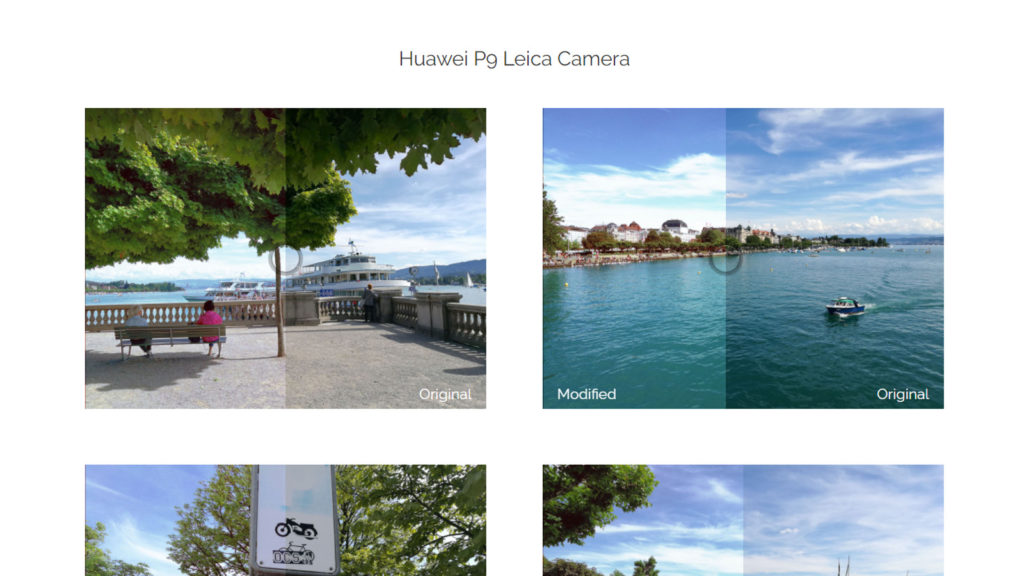Update, 8.10am, 31 October 2017: Project member Andrey Ignatov has revealed more details on what the neural network improves.
“Enhanced images improve the non-enhanced ones in several aspects, including (but not limited to) colorisation, resolution and sharpness,” Ignatov told Gearburn via email. “The degree of improvement typically depends on a particular camera model: the lower the original quality is, the higher improvement can be introduced (sic).”
No ad to show here.
Does the introduction of AI chips in smartphones mean we could see this feature come to mobile devices?
“We believe that it would be possible soon to run such algorithm directly on a mobile device, since the computational power of embedded GPUs and AI chips already demonstrates quite promising results.”
Original article: A new project, dubbed WESPE (Weakly Supervised Photo Enhancer for Digital Cameras), uses neural networks to improve your smartphone photos to “DSLR-quality”. And you can actually try it out with your own photos.
“In this work, we propose a deep learning solution that translates photos taken by cameras with limited capabilities into DSLR-quality photos automatically,” read an excerpt of the paper‘s summary.
The WESPE project, as the name implies, doesn’t need a heavy amount of data to deliver results. “The sole requirement is two distinct datasets: one from the source camera, and one composed of arbitrary high-quality images — the visual content they exhibit may be unrelated,” read another excerpt.
The team trained the neural network using three public datasets, before testing the approach on several common smartphones (iPhone 6, HTC One M9, Huawei P9, Nexus 5X, Meizu M3s and Redmi 3X).
The neural networks deliver more vivid colours and what appears to be better dynamic range. In fact, the team recruited 38 people to choose between the enhanced images and the original snaps. The result? “WESPE-improved images are consistently preferred over non-enhanced images, even strongly for most datasets,” the team noted in their paper [PDF].
You can try out the tool over here, but it does seem to be suffering under some load as of writing.
